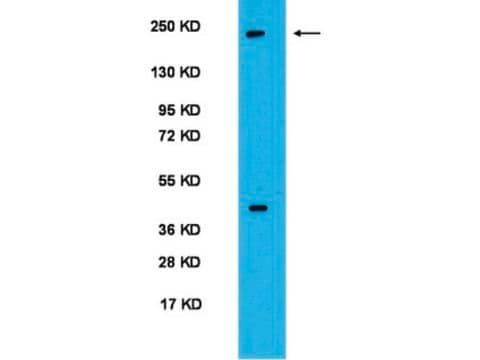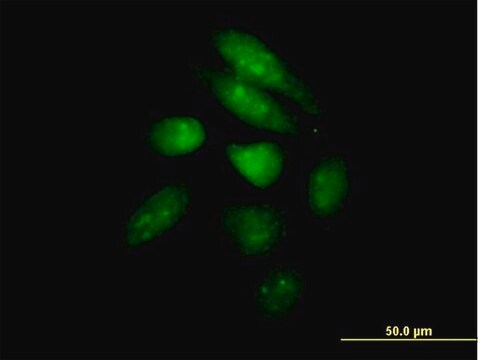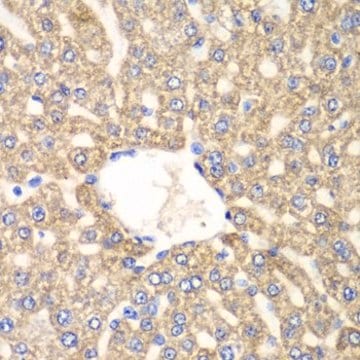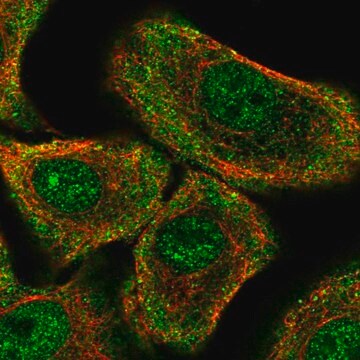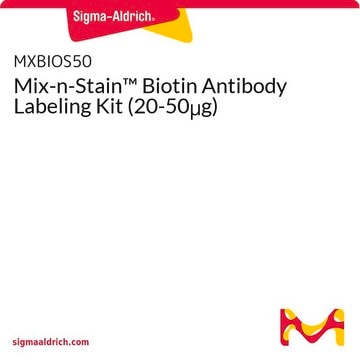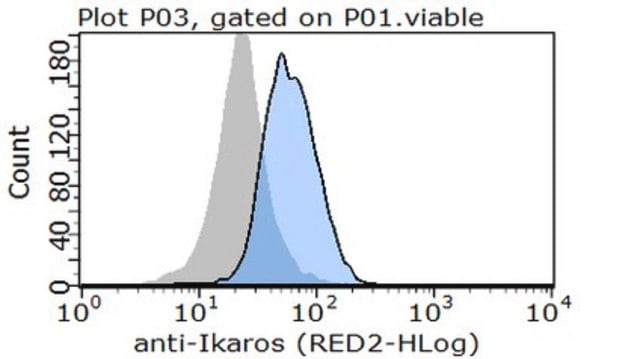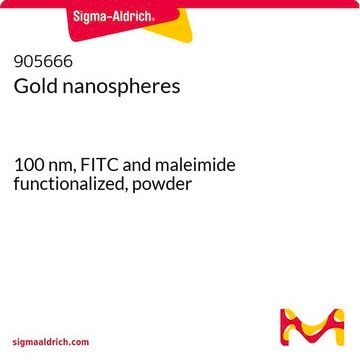AB2201
Anti-mPER1 (residues 6-21) Antibody
serum, from rabbit
Synonim(y):
Circadian clock protein PERIOD 1, Circadian pacemaker protein Rigui, Period, drosophila, homolog of period 1, period (Drosophila) homolog 1, period homolog 1 (Drosophila)
About This Item
Polecane produkty
pochodzenie biologiczne
rabbit
Poziom jakości
forma przeciwciała
serum
rodzaj przeciwciała
primary antibodies
klon
polyclonal
reaktywność gatunkowa
human, mouse, rat
metody
western blot: suitable
numer dostępu GenBank
numer dostępu UniProt
Warunki transportu
wet ice
docelowa modyfikacja potranslacyjna
unmodified
informacje o genach
mouse ... Per1(18626)
Opis ogólny
Specyficzność
Zastosowanie
Tested on whole brain (SCN; peak staining at CT/ZT12). Optimium working dilutions need to be determined by end used.
Jakość
Opis wartości docelowych
Informacje prawne
Not finding the right product?
Try our Narzędzie selektora produktów.
Kod klasy składowania
10 - Combustible liquids
Klasa zagrożenia wodnego (WGK)
WGK 1
Certyfikaty analizy (CoA)
Poszukaj Certyfikaty analizy (CoA), wpisując numer partii/serii produktów. Numery serii i partii można znaleźć na etykiecie produktu po słowach „seria” lub „partia”.
Masz już ten produkt?
Dokumenty związane z niedawno zakupionymi produktami zostały zamieszczone w Bibliotece dokumentów.
Nasz zespół naukowców ma doświadczenie we wszystkich obszarach badań, w tym w naukach przyrodniczych, materiałoznawstwie, syntezie chemicznej, chromatografii, analityce i wielu innych dziedzinach.
Skontaktuj się z zespołem ds. pomocy technicznej